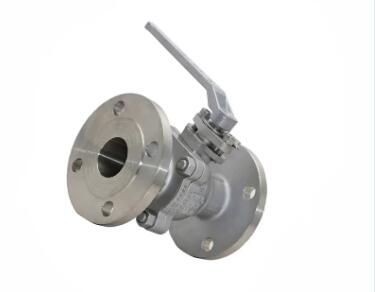The Unsung Hero: Unveiling the Purpose and Importance of the Stem in Ball Valves
2023-12-02
Introduction:
Within the intricate world of fluid control systems, ball valves stand as stalwart guardians, regulating the flow of liquids or gases. At the heart of these valves lies a seemingly modest yet indispensable component—the stem. Often overshadowed by the ball and other valve elements, the stem plays a crucial role in the functionality and control of ball valves. In this exploration, we'll unveil the purpose and significance of the stem, shedding light on its role in the seamless operation of ball valves.
Understanding the Anatomy: The Stem's Connection
Before delving into the purpose of the stem, it's essential to grasp its location within the structure of a ball valve. The stem is a slender, rod-like component connected to the top of the ball. This connection is pivotal in orchestrating the movement of the ball within the valve body.
1. Transmitting Motion: The Conductor of Flow
The primary purpose of the stem in a ball valve is to transmit motion from the actuator to the ball. As the actuator—whether it's a lever, handwheel, pneumatic, or electric actuator—is engaged, the stem functions as the conduit for converting that rotational or linear motion into movement of the ball. This mechanical linkage allows the operator to open, close, or regulate the flow through the valve with precision.
2. Positioning the Ball: Controlling the Flow
The stem serves as the control arm that positions the ball within the valve body. When the stem is turned, it imparts the corresponding movement to the ball, determining whether the flow passage is open or closed. The rotational or linear motion of the stem directly influences the orientation of the ball, dictating the degree of flow through the valve.
3. Sealing Mechanism: Ensuring Tight Shutoff
In certain ball valve designs, the stem also plays a role in the sealing mechanism. As the stem is turned to close the valve, it presses against the seat, creating a tight seal and preventing the flow of fluid. The precision of this seal is crucial for maintaining the integrity of the fluid control system and preventing leakage.
4. Connection to Actuators: Flexibility in Operation
The stem serves as the point of connection between the ball valve and various types of actuators. Depending on the application and the level of automation required, ball valves can be equipped with manual handwheels, levers, or connected to pneumatic or electric actuators. The stem's adaptability allows for a wide range of control options, enabling operators to tailor the valve's operation to the specific needs of the system.
5. Material Considerations: Durability and Compatibility
The choice of material for the stem is critical to its durability and performance. In applications involving corrosive substances or extreme temperatures, materials like stainless steel or other alloys are preferred to ensure the stem can withstand the harsh conditions without degradation.
Conclusion: Orchestrating Precision in Fluid Control
While the ball may steal the spotlight as the primary flow-regulating element in a ball valve, the stem operates behind the scenes, orchestrating precision and control. The stem's ability to transmit motion, position the ball, contribute to sealing, and connect with various actuators makes it a linchpin in the functionality of ball valves. Engineers and system operators recognize the stem as the unsung hero, quietly ensuring the seamless operation and reliability of fluid control systems across industries. In the symphony of fluid dynamics, the stem conducts the harmonious flow, bringing precision and control to the forefront of the performance.



